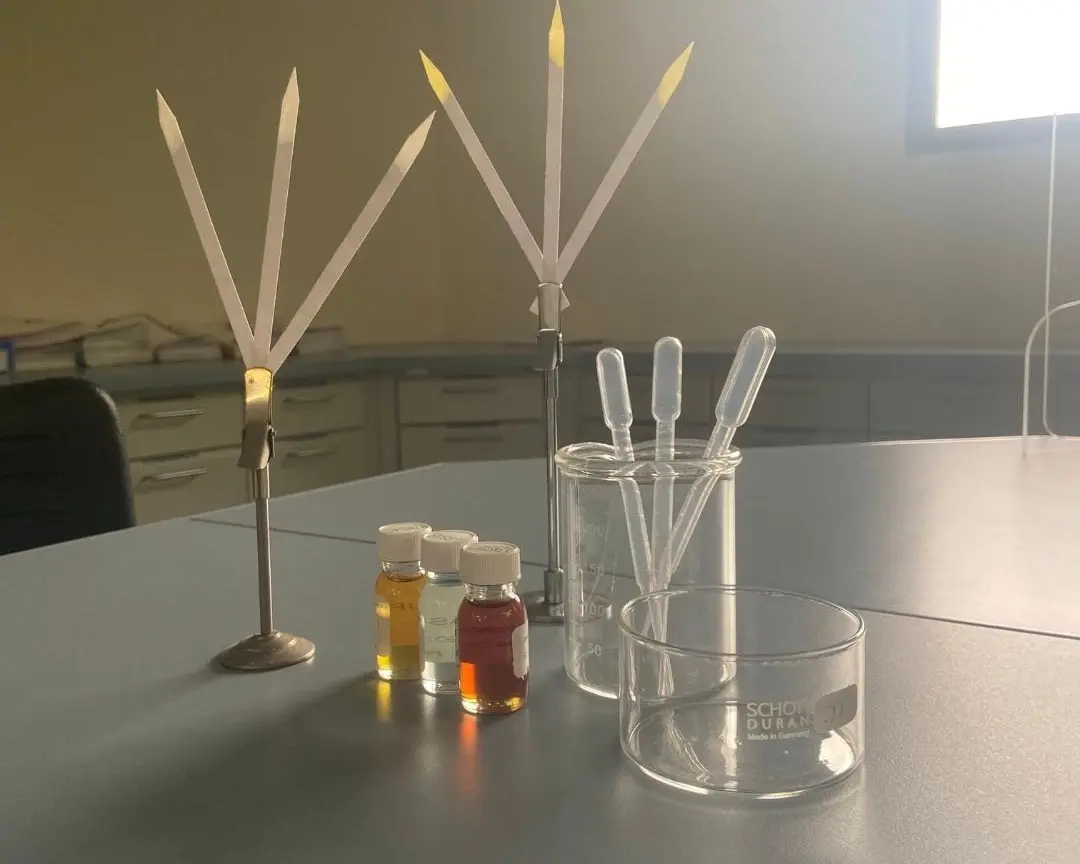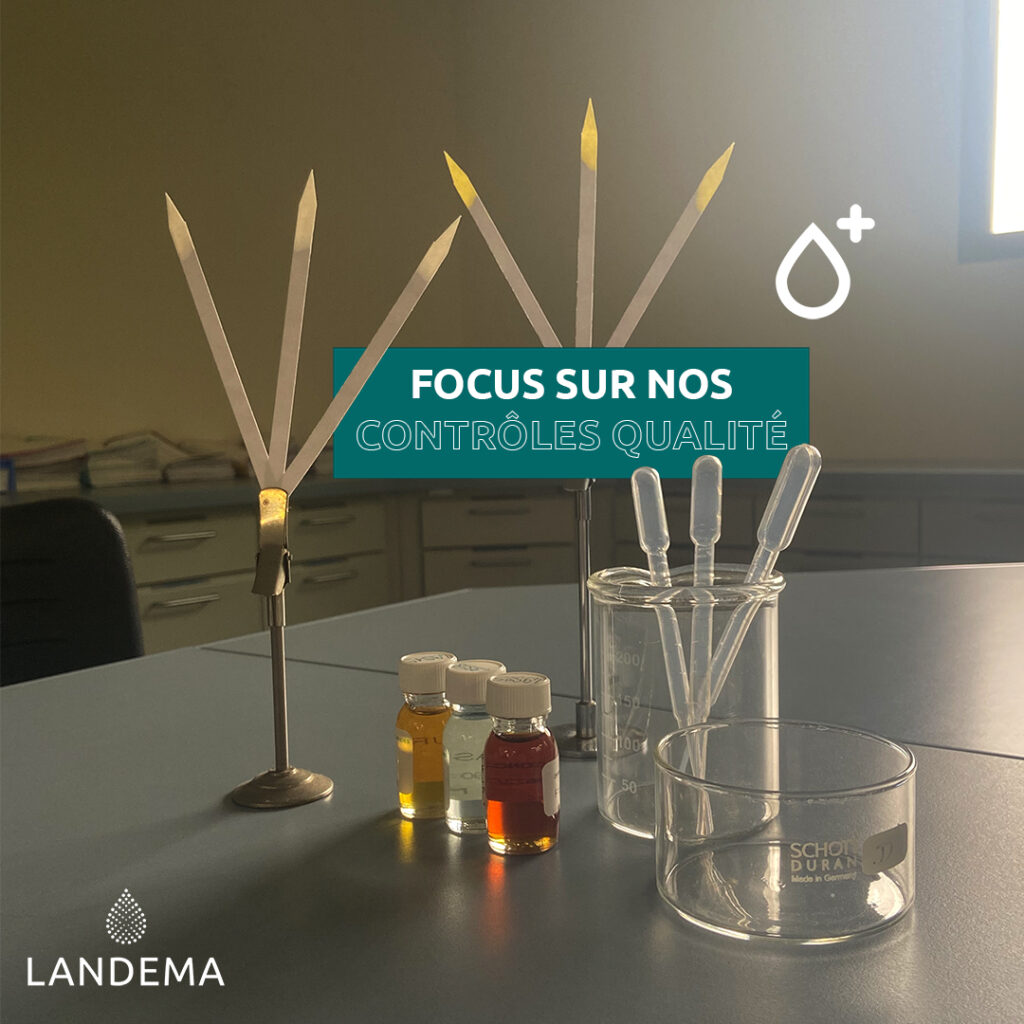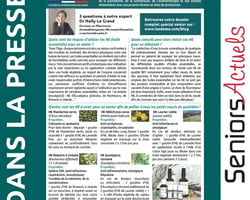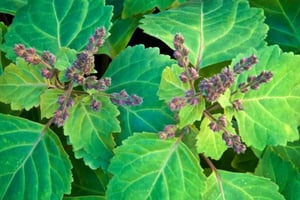July 25, 2024
Quality control system: analytical protocols

Focus on our quality controls

Landema is part of the Biolandes group, recognized by professionals for the quality of its products, the stringency of its quality controls and laboratory analyses, and the reliability of its regulatory documents.
Quality control at Landema is divided into 2 types of analysis: instrumental analysis and sensory analysis.
Instrumental analysis
These require specialized equipment. At Landema, we have a state-of-the-art laboratory to carry out our analyses.
During these instrumental analyses, the control laboratory technicians will carry out the following analyses:
- Density
- Refraction
- Rotatory power
- Solubility
- Chromatography
The laboratory is equipped with the following equipment to quantify compounds present in mixtures:
- GC-Mass Spectometer: identifies molecules present in a sample and quantifies allergenic molecules, nicotine, phthalates, etc.
- GC-Flame Ionization Detecter: quantifies molecules in essential oils
- Head space: for the determination of residual solvents. When we carry out a solvent extraction, the solvent must then be removed from the product before marketing.
The control laboratory team tests around 50 samples per day. Up to 50 tests can be carried out on a single sample to ensure its quality.
You will soon be able to find a selection of essential oils in Landema's online catalog: register here to be informed when the online store opens.
Sensory analysis
In addition to instrumental analysis, sensory analysis is essential. This enables us to detect olfactory anomalies in a product.
The laboratory's sample library holds a large number of retention samples, which can be used as a control for sensory analysis.
The new batch is then compared with the control. The criteria to be checked are
- appearance: liquid, solid, powder, clear, opalescent, etc.
- color: darker, lighter, redder, confirmed by colorimetric measurements
- odor
A triangular test is carried out blind (to avoid biasing results) on 2 controls and 1 new product batch. If one product does not stand out more than the others, and it is not possible to identify the new batch produced, the latter will be considered compliant.
We hope you find this insight from our laboratory experts useful.



